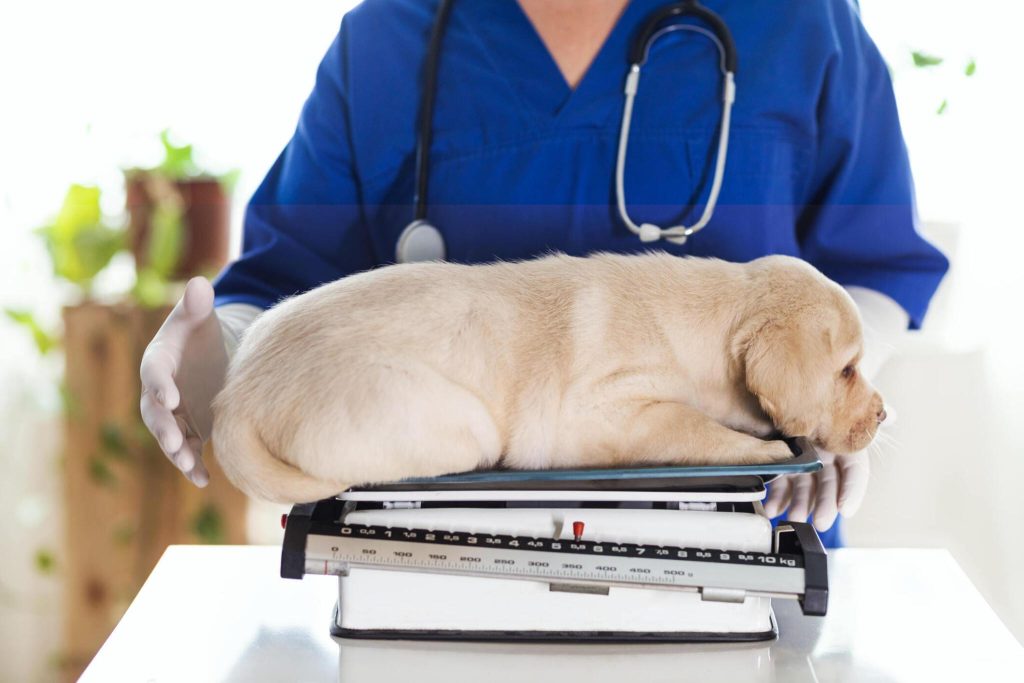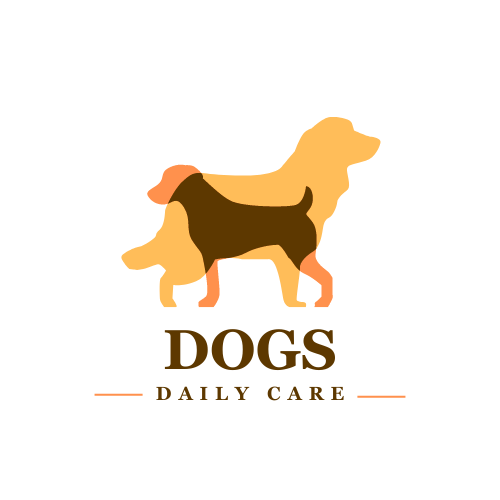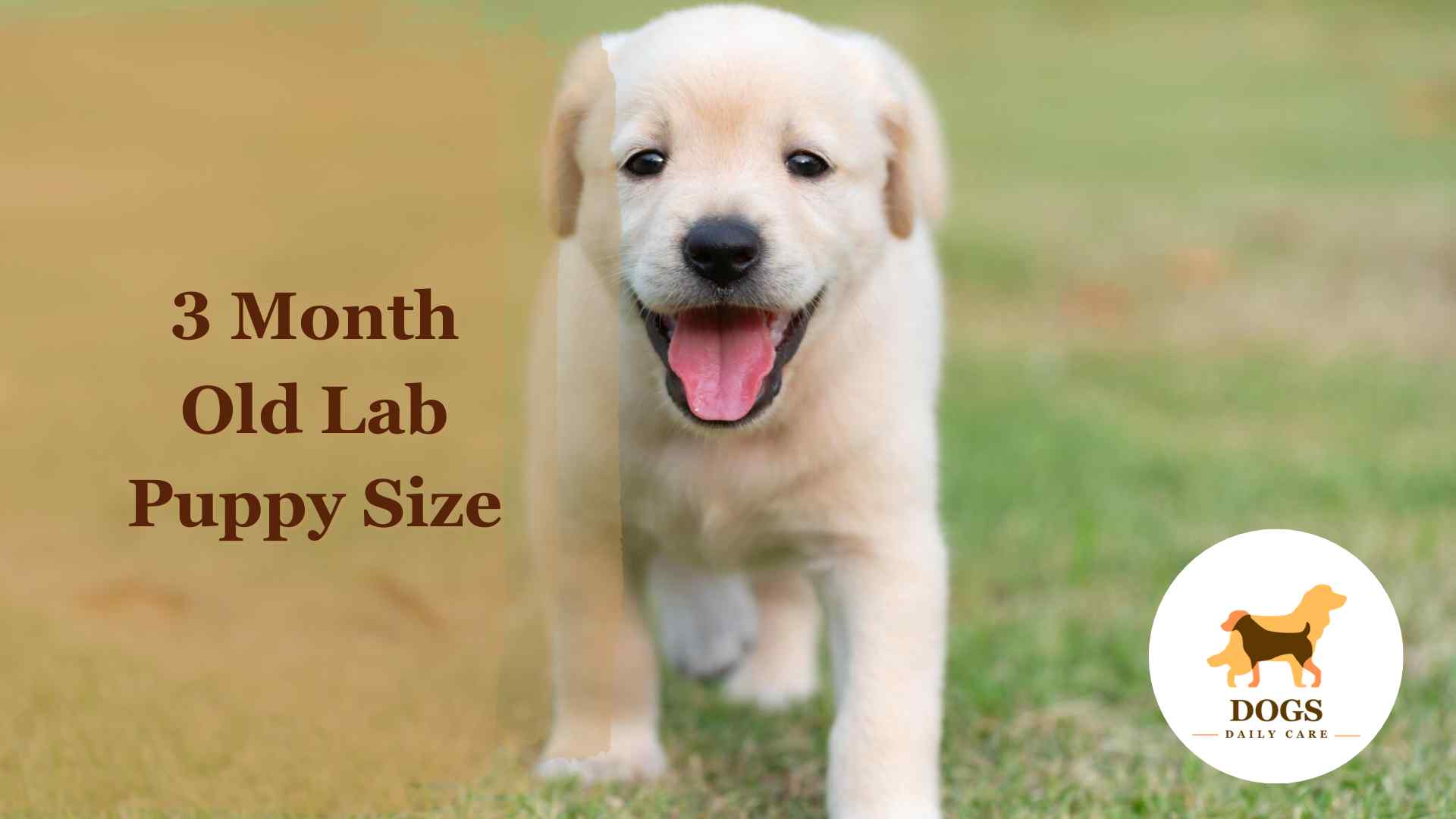3 Month Old Labrador (Lab) Puppy Size – All You Need To Know
Welcoming a Labrador puppy into your home is an exciting journey filled with adorable moments and rapid growth. At the tender age of three months, these bundles of joy exhibit remarkable changes, both in size and personality. Understanding the growth trajectory of a Lab puppy is crucial for any pet parent, as it directly impacts their health and happiness.
In this stage, your furry friend transforms from a tiny, playful pup into a more recognizable version of their adult selves. It’s a pivotal time for Labrador owners to monitor their puppy’s development, ensuring they are on the right track for a healthy and happy life.
The three-month mark is often where the most noticeable changes occur. At this age, Lab puppies show significant growth in size and begin to display their unique characteristics. This blog post aims to provide you with a comprehensive guide on what to expect in terms of size, health, and behavior of your 3-month-old Lab puppy. From average weight to developmental milestones, we’ll cover everything you need to know to support your puppy during this critical phase of their growth.
Understanding Puppy Growth Stages
Puppies grow faster than we often realize. Each stage of their growth is unique, especially in Labradors, known for their rapid development. In the first few months, puppies undergo significant changes that are important for their future health. Understanding these stages helps you provide the best care for your furry friend.
The first stage, the ‘neonatal’ period, lasts about two weeks. During this time, puppies are dependent on their mother and siblings for warmth and nourishment. They spend most of their time sleeping and feeding. This stage is all about getting the nutrition they need to start growing.
Next comes the ‘transitional’ stage, from two to four weeks. Here, puppies open their eyes and ears, starting to explore the world around them. They begin to walk, wag their tails, and recognize people and their surroundings. This period is crucial for sensory and motor development.
From four weeks to about three months, puppies enter the ‘socialization’ stage. It’s a vital time for learning and exploring. Puppies start to interact more with people and other animals. They learn to play, understand commands, and develop social skills. This stage shapes their temperament and behavior as adult dogs.
The stage you’re most interested in is when puppies are three months old. This is when they’re in the ‘juvenile’ stage, which lasts until they reach puberty. At three months, Lab puppies show rapid growth in size and strength. They become more curious and energetic. It’s the perfect time to start consistent training and establish routines.
Each stage is a step towards a healthy, well-adjusted adult dog. As a pet parent, knowing these stages helps you provide the right care at the right time. It ensures your Lab puppy grows up happy, healthy, and well-behaved.
Average Size and Weight of a 3 Month Old Lab Puppy
When your Lab puppy hits the 3-month mark, you’ll notice a significant growth spurt. It’s fascinating to see how quickly they grow! The average size and weight of a 3-month-old Labrador can vary, influenced by factors like genetics, diet, and overall health. However, we can provide some general guidelines to help you understand what’s typical for this age.
Average Weight Table for 3-Month-Old Lab Puppies:
Average Height at the Shoulder:
Remember, these numbers are just averages. Some puppies may be a bit heavier or lighter, taller or shorter. It’s all part of the uniqueness of each puppy. The most important thing is that your Lab is healthy and growing at a steady rate.

Regular check-ups with your vet are key. They can provide personalized insights into your puppy’s growth. Your vet will tell you if your Lab is on track or if there are any concerns. Along with this, a balanced diet and proper exercise play a crucial role in their growth.
Physical and Behavioral Development at 3 Months
At three months old, your Labrador puppy is not just growing in size, but also in personality and skills. This age is critical for both physical and behavioral development. Here’s a quick glance at what you can expect in terms of physical and behavioral milestones.
Physical Development:
Behavioral Development:
At this stage, your Lab puppy is like a small explorer, curious about everything around them. They’ll be more playful and energetic, often testing their limits. It’s the perfect time to start simple training routines. These routines not only teach good behavior but also help in forming a bond between you and your puppy.
Physically, you’ll notice them getting stronger and more coordinated. Their movements become more purposeful, and they start to look more like a young Labrador. This is when their unique personality really starts to shine through.
Health Considerations and Nutrition for a 3-Month-Old Lab Puppy
Taking care of a 3-month-old Lab puppy means paying close attention to their health and diet. At this age, your puppy’s body is growing rapidly, so they need the right nutrients to support this growth.
Health Checks and Vaccinations
Regular veterinary check-ups are vital. Your vet will ensure your puppy is growing properly and check for common health issues. Vaccinations are also key at this stage. Your puppy should receive essential vaccines to protect against diseases like distemper, parvovirus, and rabies.
Always keep an eye out for signs of illness, such as loss of appetite, lethargy, or unusual behavior. Prompt vet visits can catch and treat problems early.
Balanced Diet for Optimal Growth
Nutrition is crucial for your Lab’s growth and health. High-quality puppy food, specifically formulated for large breeds like Labradors, is best. These foods provide the right balance of protein, fat, and essential nutrients.
Portion control is important. Overfeeding can lead to obesity, while underfeeding can hinder growth. Your vet can help determine the right amount based on your puppy’s specific needs.
Feeding Schedule
Consistency is key. Feed your puppy at the same times each day to establish a routine. Typically, three meals a day is recommended for 3-month-old puppies. Fresh, clean water should always be available.
A balanced diet and regular health checks will help your Lab puppy grow into a strong, healthy adult dog. Remember, every puppy is unique. So, adjustments based on your puppy’s specific needs may be necessary.
When to Consult a Veterinarian for Your 3-Month-Old Lab Puppy
As a pet parent, it’s important to know when to seek advice from a veterinarian. Your 3-month-old Labrador puppy is growing and changing rapidly, and there are certain signs you should watch out for to ensure their well-being.
Recognizing Signs for Vet Visits
- Eating Habits: If your puppy is not eating well or has lost interest in food, it’s time to check in with the vet. Changes in appetite can indicate health issues.
- Behavior Changes: Look out for any unusual behavior. If your normally playful puppy seems lethargic, less active, or unusually aggressive, these could be signs of health problems.
- Physical Symptoms: Keep an eye out for symptoms like vomiting, diarrhea, excessive coughing, sneezing, or any visible discomfort. These symptoms warrant a vet visit.
- Injuries: Any injury, however minor it may seem, should be checked by a vet to prevent complications.
Regular Check-ups
Besides these signs, regular check-ups are crucial. Your vet can monitor your puppy’s growth, administer necessary vaccinations, and provide valuable advice on diet, exercise, and training.
The Importance of Preventative Care
Preventive care, like vaccinations and routine check-ups, helps in identifying and addressing issues before they become serious. It’s an essential part of keeping your Lab healthy and happy.
Remember, you know your puppy best. If something doesn’t feel right, don’t hesitate to consult your veterinarian. It’s always better to be safe and ensure your furry friend is in the best of health.
Frequently Asked Questions (FAQs) About 3-Month-Old Lab Puppies
Q1. What is the average weight range for a 3-month-old Lab puppy?
At three months, male Lab puppies typically weigh between 20-30 pounds, and females weigh between 18-26 pounds. Remember, these are averages, and individual puppies may vary.
Q2. How many times a day should I feed my 3-month-old Labrador?
Generally, a 3-month-old Lab should be fed three times a day. This helps in maintaining a balanced diet and consistent energy levels throughout the day.
Q3. What are the key vaccinations needed for my Lab puppy at this age?
Your 3-month-old Lab should have vaccinations against core diseases like distemper, parvovirus, and rabies. Always consult with your vet for a tailored vaccination schedule.
Q4. How much exercise does a 3-month-old Lab puppy need daily?
Short exercise sessions, about 15 minutes each, two to three times a day, are ideal for this age. It’s important to monitor your puppy and avoid overexertion.
Q5. What are the important training commands to teach a 3-month-old Labrador?
Start with basic commands such as ‘sit’, ‘stay’, ‘come’, and ‘no’. Training should be consistent, positive, and in short sessions to keep your puppy engaged.
Conclusion
As we’ve explored, the journey of nurturing a 3-month-old Labrador puppy is filled with growth, learning, and fun. Understanding their development in size, behavior, and health is key to ensuring a happy and healthy life for your furry friend. Remember, each Labrador is unique, and while averages give a good guideline, your puppy’s growth may vary.
Regular vet checkups, proper nutrition, adequate exercise, and consistent training are the cornerstones of good puppy care. By being attentive to these aspects, you’re setting the stage for a long, joyful life together.
Embrace this special time with your Lab puppy. These early months fly by quickly, and every moment is an opportunity to strengthen the bond between you and your pet. Whether it’s through their rapid physical growth, their playful learning, or their blossoming personality, each day brings something new. Keep this guide handy as you navigate the exciting and rewarding journey of raising a healthy, well-adjusted Labrador.







